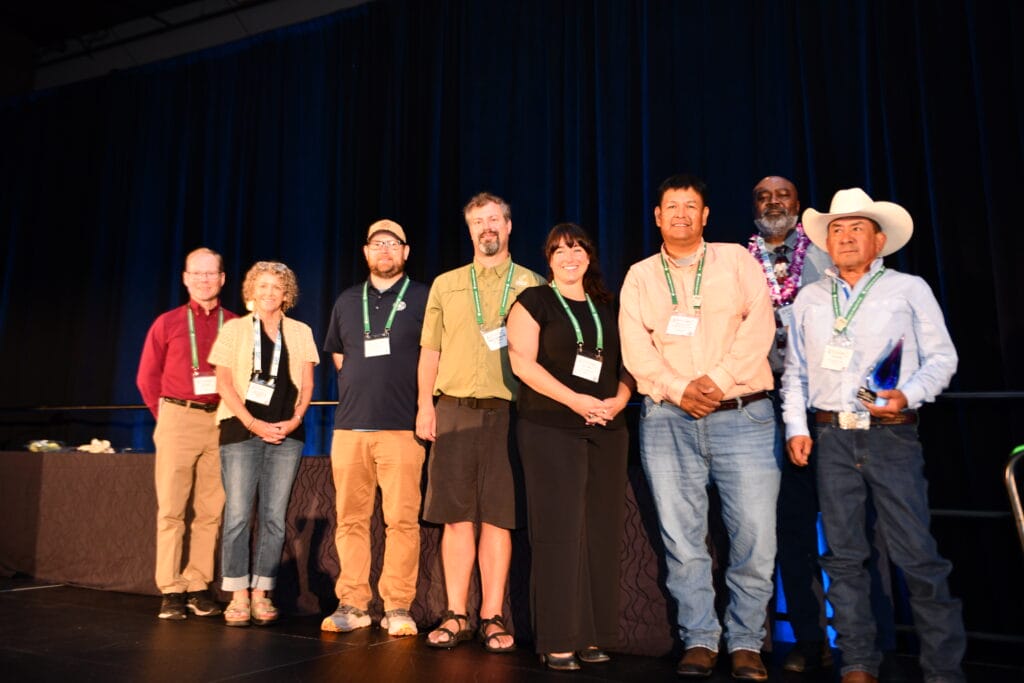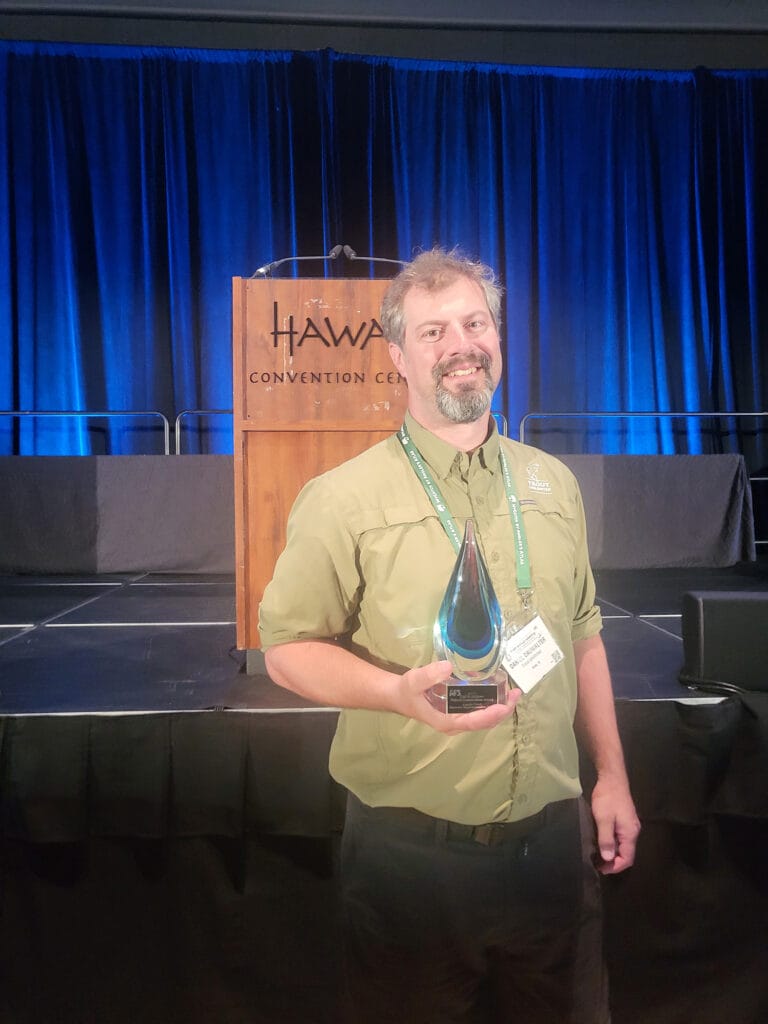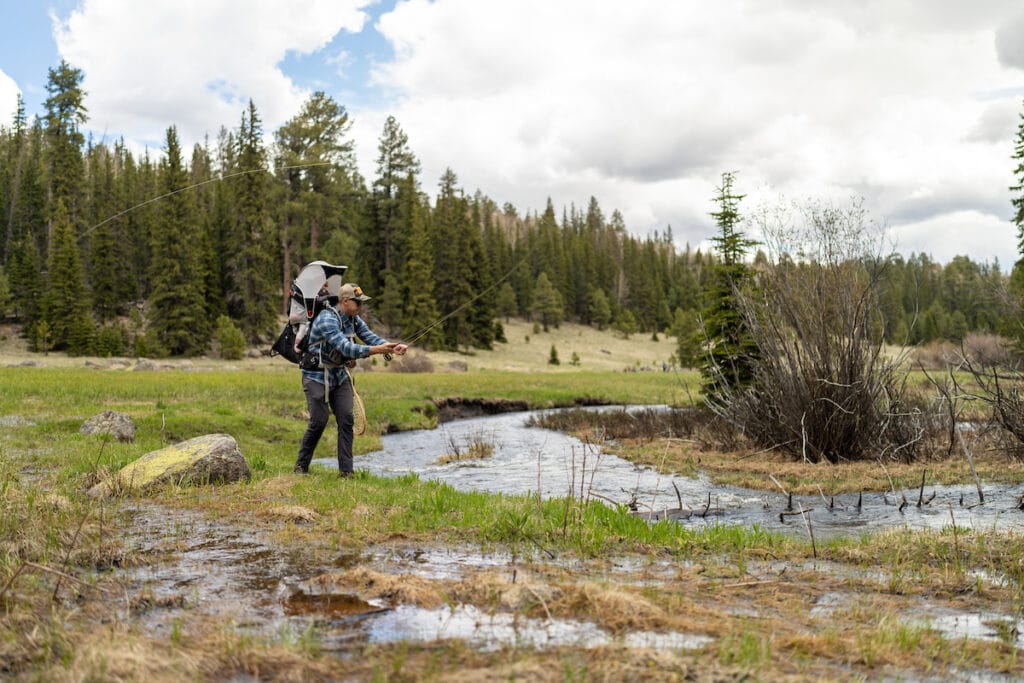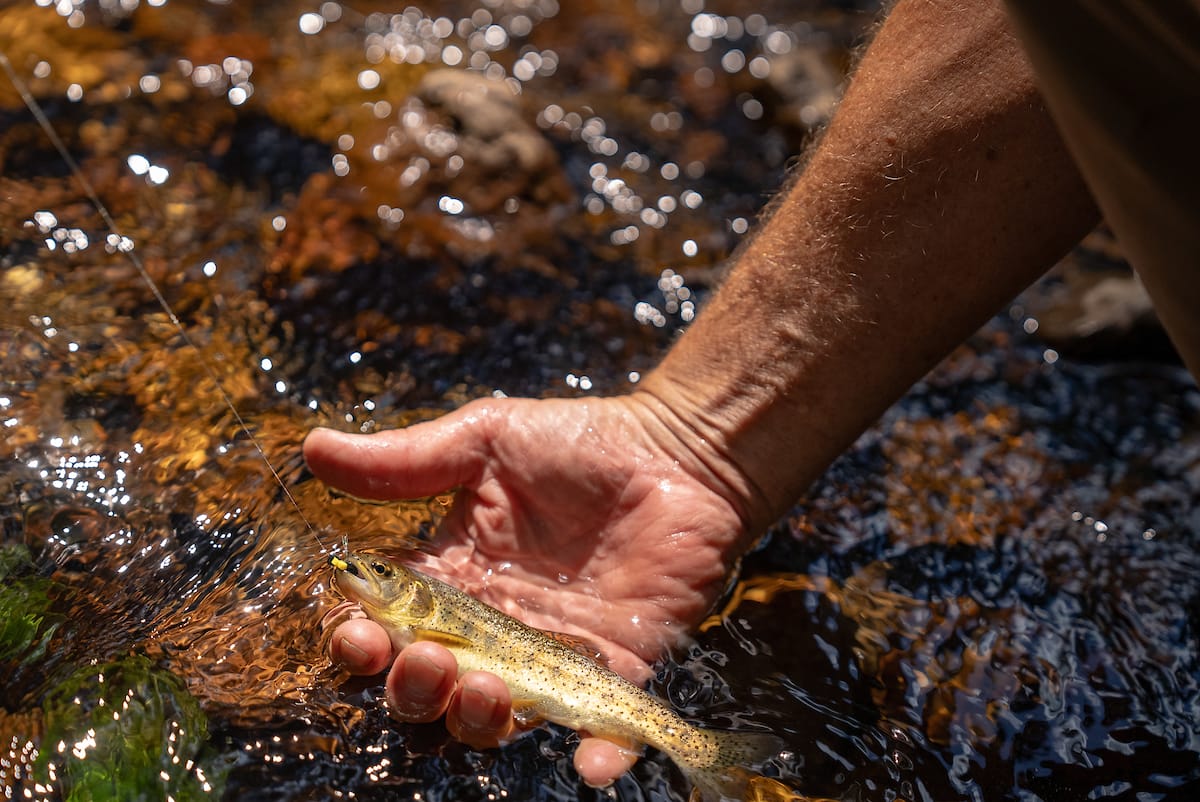American Fisheries Society and US Fish and Wildlife Service bestow TU staff and partners with conservation awards
Last month, members of TU’s science team and the Apache Trout Implementation Team (ATIG) travelled to Hawaii to receive the Carl R. Sullivan Fishery Conservation Award from the American Fisheries Society. This award is “presented to an individual or organization, professional or nonprofessional, for outstanding contributions to the conservation of fishery resources.”
And for the first time in American history, the outstanding contribution recognized was for delisting a fish from the Endangered Species Act: the Apache trout.

Although the vast majority of credit for this accomplishment lies with the White Mountain Apache Tribe for their foresight and dedication to preserving the species dating back to the 1950’s, our science team took a more hands-on role beginning in 2017, when TU worked closely with the Tribe, U.S. Fish and Wildlife Service, Arizona Game and Fish Department and the U.S. Forest Service––also known as the ATIG ––to begin counting the Apache trout population.
“We worked closely with our partners to establish a scientifically-credible monitoring framework,” said Dan Dauwalter, TU’s fisheries science director, “and then implemented it over five years to prove the vitality of Apache trout populations.”

By sampling approximately 20 percent of habitat occupied by the Apache trout, the monitoring went far beyond the typical threshold for trout monitoring.
Based on the findings of the monitoring, Dauwalter and the core team of partners drafted a Species Status Assessment (SSA) for the Apache trout, which provided a science-based assessment of the needs, status and future conditions of the species. In turn, the U.S. Fish and Wildlife Service relied heavily on these data to justify its formal recommendation to delist the Apache trout.
“What’s noteworthy about the SSA is the longevity and consistent level of cooperation we found with each of our partners throughout this project,” said Dauwalter. “Even during the pandemic, we were able to pursue our objectives and communicate regularly with one another to compile and analyze the data and write the assessment.”

This cooperation and communication also led the U.S. Fish and Wildlife Service to award the ATIG with its 2023 Recovery Champions Award––a sign of the future recognition that was sure to come for this historic conservation success.
“While it’s a tremendous honor to be recognized by our peers and partners, we still have a lot of work to do to get the Apache trout recovery process to its final step; fully restored,” said Dauwalter. “Through a mix of funds made available by the Bipartisan Infrastructure Law, Inflation Reduction Act, and our 5-year, $40 million U.S. Forest Service Keystone Agreement, the future looks bright for these trout.”

The Bipartisan Infrastructure Law, for example, provided $5.1 million for Apache trout projects, including the 2022 Apache Trout Recovery Fish Passage Infrastructure Project and the 2023 Crooked Creek Route 55 Culvert Fish Passage Project, both led by the White Mountain Apache Tribe.
Additionally, TU will be breaking ground on our first project in Arizona next year through partnerships with Apache-Sitgreaves National Forest, in addition to continuing projects with ATIG partners like the Mount Baldy Headwaters Aquatic Connectivity and Climate Resiliency Project, which will continue to benefit Apache trout populations.
All in all, while the recovery is still ongoing, it is safe to say there’s a good chance for positive updates in the future. Stay tuned.



